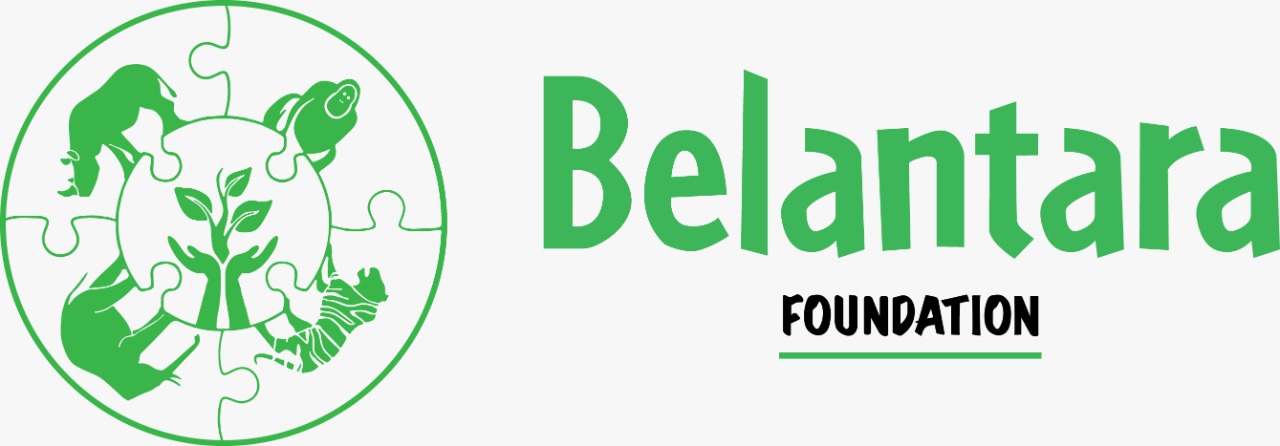Environmental land use conflicts and ecosystem services: a paper review
Abstract
The topic of potential conflicts related to land use involving human activities in a watershed is an important matter to be discussed. The background of this research is that conditions in mountainous watersheds, and agricultural land use cause changes in ecosystem services, with trade-offs between crop production and erosion regulation. Watershed management with an environmental concept often faces problems with different interests among stakeholders. Although several studies have initiated the mapping of land-use conflicts between human activities and conservation, the spatial assessment of land-use conflicts on environmental issues and trade-offs of ecosystem services in agricultural areas has not been fully considered. The purpose of this study is to map land use, with indicators of measuring conflicts in the value of conservation and agricultural development, through scenarios of the level of erosion hazard on agricultural land. This study provides input to decision-makers regarding watershed conservation efforts that still consider aspects of the economic needs of agricultural land. The objective of the reviewers is to understand how the concept of mapping the potential conflict of land use in the Haean watershed in South Korea can be applied in Indonesia. The methodology used is to apply the agricultural land suitability index based on various analytical criteria to estimate the spatial preferences of agricultural activities. To predict erosion, using the Revised Universal Soil Loss Equation (RUSLE) method and the classification of agricultural land in the watershed is divided into four levels of land use conflict (lowest, low, high, and highest).
Keywords
References
Arsyad, S. (2006). Konservasi Tanah dan Air. Bogor: IPB Press
Cumming, G. S. (2016). The relevance and resilience of protected areas in the Anthropocene. Anthropocene, 13: 46–56. doi:10.1016/j.ancene.2016.03.003
Halim, F. (2014). Pengaruh hubungan tata guna lahan dengan debit banjir pada Daerah Aliran Sungai Malalayang. Jurnal Ilmiah Media Engineering, 4(1): 45-54. ISSN: 2087-9334
Harianto, K. (2002). Biaya lingkungan yang terabaikan dalam kebijakan ketahanan pangan. Prosiding Seminar Tekanan Penduduk, Degradasi Lingkungan dan Ketahanan Pangan. Bogor, 1 Mei 2002. Bogor: Pusat Studi Pembangunan Pusat Penelitian Institut Pertanian Bogor.
Kim, I., & Arnhold, S. (2018). Mapping environmental land use conflict potentials and ecosystem services in agricultural watersheds. Science of The Total Environment, 630: 827-838. doi:10.1016/j.scitotenv.2018.02.176
GoI. (2007). Law 26 of 2007 concerning Spatial Planning (Undang-undang Nomor 26 Tahun 2007 tentang Penataan Ruang). Jakarta: Government of Indonesia
GoI. (1999). Law 41 of 1999 concerning Forestry (Undang-undang Nomor 41 Tahun 1999 ten¬tang Kehutanan). Jakarta: Government of Indonesia
Pambudi, A.S., & Kusumanto, T. (2023). Water resources governance in Indonesia towards environmental sustainability along with social and economic development. In: Triyanti, A., Indrawan, M., Nurhidayah, L.,
Marfai, M.A. (eds) Environmental Governance in Indonesia. Environment & Policy, vol 61. Springer, Cham. https://doi.org/10.1007/978-3-031-15904-6_16
Pambudi, A.S., & Pramujo, B. (2022). Cross-Generation Agrarian Conflict in Indonesia’s Palm Land. Proceedings of the International Conference on Sustainable Environment, Agriculture and Tourism (ICOSEAT). ABSR 26, pp. 828–836. https://doi.org/10.2991/978-94-6463-086-2_110
Pambudi, A.S. (2022). Balancing infrastructure, ecosystem conservation, and community approaches on integrated development planning of Citarum Watershed. Indonesian Journal of Applied Environmental Studies, 3(1): 34-41. https://doi.org/10.33751/injast.v3i1.4209
Pambudi, A. S. (2020). System dynamics modelling of deforestation rate and forest rehabilitation in the upstream of Ciliwung Watershed, Bogor Regency. Jurnal Perencanaan Pembangunan: The Indonesian Journal of Development Planning, 4(3): 327-346. https://doi.org/10.36574/jpp.v4i3.121
Pambudi, A.S. (2019). Watershed management in Indonesia: a regulation, institution, and policy review. Jurnal Perencanaan Pembangunan: The Indonesian Journal of Development Planning, 3(2): 185-202. https://doi.org/10.36574/jpp.v3i2.74
Sartohadi J, P. F. (2008). Evaluasi potensi degradasi lahan dengan menggunakan analisa kemampuan lahan dan tekanan penduduk terhadap lahan pertanian di Kecamatan Kokap Kabupaten Kulon Progo. Forum Geografi, 22 (1): 1-12. DOI: 10.23917/forgeo.v22i1.4921
Suripin. (2004). Pelestarian Sumber Daya Tanah dan Air. Yogyakarta: Penerbit ANDI
Von der Dunk, A., Grêt-Regamey, A., Dalang, T., & Hersperger, A. M. (2011). Defining a typology of peri-urban land-use conflicts – A case study from Switzerland. Landscape and Urban Planning, 101(2): 149–156. doi:10.1016/j.landurbplan.2011.02.007
Watson, J. E. M., Dudley, N., Segan, D. B., & Hockings, M. (2014). The performance and potential of protected areas. Nature, 515(7525): 6773. doi:10.1038/nature13947
Wuryanta, A. & Susanti, P.D. (2015.) Spatial analysis of population pressure on agricultural land in Keduang Sub Watershed,Wonogiri District, Central Java. E-Journal Penelitian Sosial, 12 (3): 149-162.
Yi, H., Güneralp, B., Kreuter, U. P., Güneralp, İ., & Filippi, A. M. (2018). Spatial and temporal changes in biodiversity and ecosystem services in the San Antonio River Basin, Texas, from 1984 to 2010. Science of The Total Environment, 619-620: 1259–1271. doi:10.1016/j.scitotenv.2017.10.3
DOI: 10.33751/injast.v4i2.7851
 Abstract views : 538
Abstract views : 538
Refbacks
- There are currently no refbacks.
Copyright (c) 2024 Indonesian Journal of Applied Environmental Studies

This work is licensed under a Creative Commons Attribution-NonCommercial-ShareAlike 4.0 International License.













